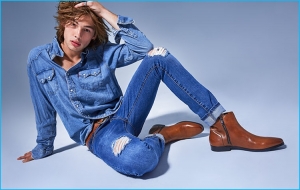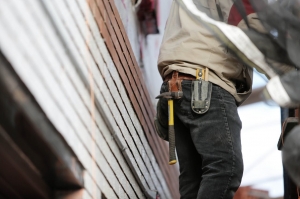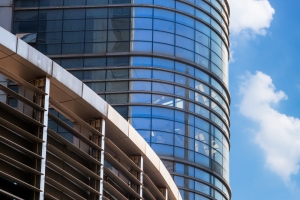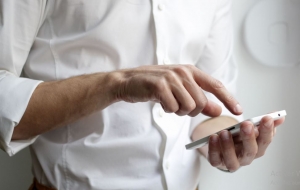It's normal for dancers to adore their dance shoes. While this is the case, can you wear the shoes as normal shoes? Can you wear them to the park? Going to your next event? Or should you retain them where they belong?
Traditional dance shoes have suede soles and undersides, which can easily snag or grab on uneven surfaces. This means they perform best when used only on stage or in the studio.
The shoe's bottom is designed to be smooth for easy sliding and gliding on the dance floor. The comfort of the dance shoe is essential to your stylish and professional performance.
The cool thing is that dance shoe designs have grown in popularity in the fashion business, thanks to various dance shows such as Dancing with the Stars.
As a result, there are ballroom-inspired fashion court shoes you can wear outside for business or social situations, allowing you to preserve your valuable dance shoes in the studio.
Many people who might want to wear their ballroom dance shoes outside understand the comfort that a good pair of dance shoes can provide, especially if you're on your feet all day at work.
As much as you might want to wear your dance shoes outside, don't do it as you might destroy it. After all, it's not designed to handle extremely hard surfaces.
In addition to this, the ballroom dance shoes might collect dirt and other particles that the dance instructor might not appreciate when you bring the dirt particles into the dance studio.
The golden rule states that once dance shoes are worn outside, they cannot be returned to the ballroom. This means you should never wear your ballroom dance shoes outside. Instead, you should wear your regular shoes.
What are ballroom dance shoes?
Ballroom dance shoes are designed to look the part while providing the dancer with support, comfort, and ease of movement on the dance floor.
Ballroom shoes are composed of various materials depending on the style and whether they are for a male or female dancer.
Men's ballroom dance shoes, known as 'Oxfords,' are composed of plain or patent black leather and have a 1" heel.
Ladies' ballroom shoes come in a wide variety of designs and styles. The choice is often determined by the dancer's skill level and preferences.
Most ladies' ballroom shoes feature closed toes for protection and an ankle strap for support. Some versions include a diagonal or horizontal strap to provide additional support. The heel is often 2" or 2.5", depending on preference.
Ladies' ballroom versions have a firm leather sole and a satin upper. The color depends on the degree of competition or event. The shoes are frequently flesh-colored or dyed in international contests to match the ladies' attire.
When making the purchase, ensure that your ballroom shoes are made from durable, quality materials. They also should be comfortable since you will wear them for long periods.
It's also wise to buy shoes with basic and simple designs. This is because intricate processes and patterns might put them under much stress and they wear out too early than they should.
If you are looking for high-quality ballroom shoes that will give you a great dancing experience, visit this page.
How do dance shoes and regular shoes differ?
There are numerous differences between dancing shoes and regular shoes.
For starters, dance shoes are made to be flexible, so they may appear identical to a pair of gold court shoes from your local shoe store, but a lot of thought has gone into their design.
Ballroom shoes have a thin, suede sole that allows them to glide across the floor while maintaining appropriate grip. Compare this to a rubber sole on a regular shoe, which provides traction and durability.
Dancers' feet must slip and glide while performing delicate and complex moves, and the dance shoe must look the part, completing a dance-specific costume by emphasizing leg lines and footwork.
Comfort is vital when it comes to ballroom dancing shoes
Ballroom shoes must be comfortable to wear for long periods, especially those used for teaching or training sessions in the studio.
The secret to comfort is getting quality ballroom footwear made of good materials from a manufacturer or shop that understands dance shoe style and design.
A decent fit is also important; it doesn't matter who created the shoes or how much they cost if they don't fit the foot.
The greatest problem for ballroom dancers in terms of comfort is not the shoe, assuming you made the right choice, but the lengthy hours spent wearing it. You can buy the right fit, but your shoe might be too uncomfortable since you might spend a lot of time on your feet.
The key to getting a fit that will be comfortable even if you will be ballroom dancing for hours is to work with a maker who has the necessary experience and knows the dancer needs. Many businesses replicate traditional ballroom designs but do not provide the quality of construction or fit that ensures dancer comfort.
Dance shoe sizing is typically a European standard, although a professional dance shoe maker may provide additional alternatives in half sizes and width fittings. This calls for you to be ultra-cautious when buying and ensure you buy your shoe from a reputable manufacturer with a proven record.
You can buy your shoes online or from a physical store. If you want more options, you should buy from an online store. When you receive the shoe, try it on as fast as possible and find out whether you are comfortable in it for extended periods.
As a rule of thumb, consider keeping a shoe that you are confident will be comfortable in for hours. If this is not the case, consider returning it to the store, as it won't give you the service you are after.
Parting shot
Dance shoes are the most important part of a dancer's attire. You can wear ballroom shoes for extended periods during training sessions, studio practice, and competitions, but you should avoid wearing them outside.






